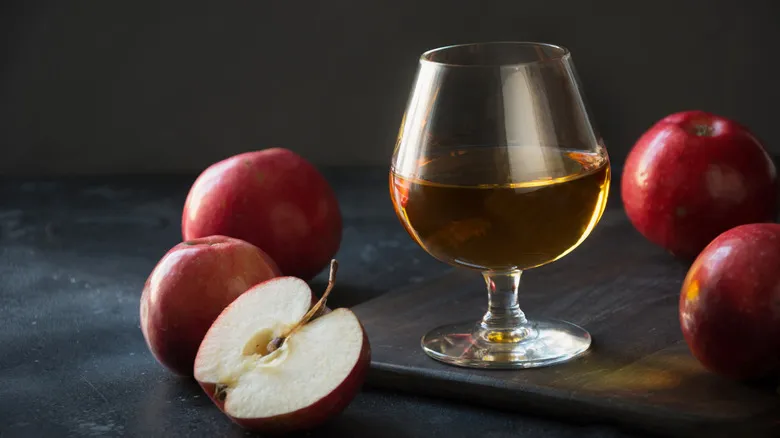The long history of applejack
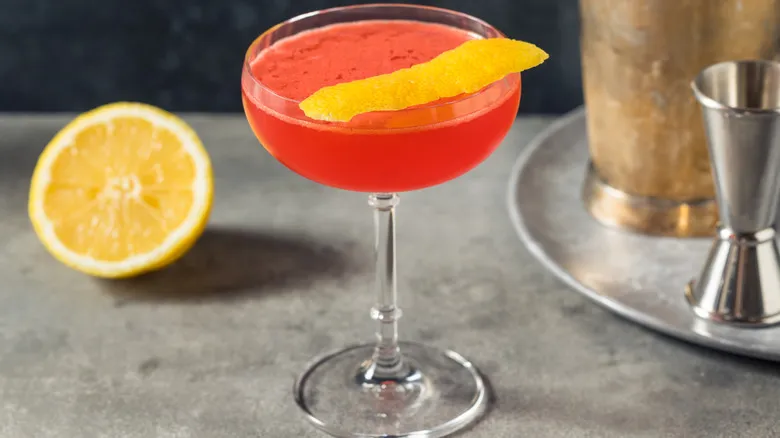
Scottish immigrant and New Jersey pioneer William Laird is often recognized as the first person to distill applejack in 1698. Today, Laird & Company, established by Laird's descendants, remains a leading producer of applejack and American apple brandy. However, they are not the only makers of this spirit; other distilleries such as Coppercraft, Hudson Valley, and Jelinek also craft applejack.
"Applejack is deeply woven into the fabric of our state's history," said Lisa Laird, chief operating officer of Laird & Company, in an interview with Wine Enthusiast. "If you were a farmer with apple trees, you were likely making cider spirits or applejack." In fact, George Washington himself cherished the drink, as evidenced by a letter he sent to the Laird family requesting their applejack recipe.
The early 1900s saw a surge in creative cocktails, leading to the popularity of the Jack Rose, a cocktail made with applejack, lemon juice, and grenadine, often garnished with raspberries, apple slices, or lemon wedges. This vibrant drink endured through Prohibition and beyond, earning a spot as one of the six essential cocktails in David A. Embury's "The Fine Art of Mixing Drinks," a seminal guide for bartenders first published in 1948.
Recommended
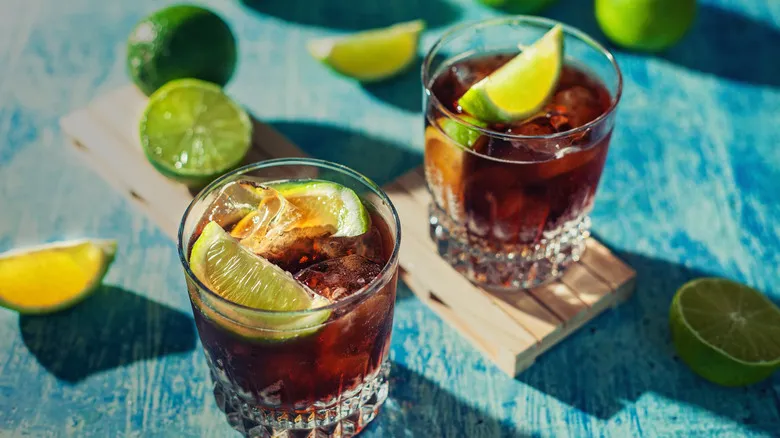
The Type Of Rum That's Best Left At The Liquor Store According To An Expert
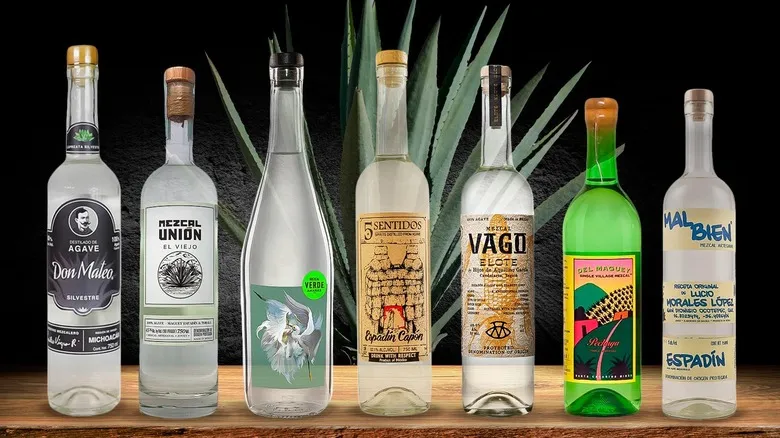
14 Mezcals You Should Add To Your Liquor Cabinet

The Easy Advice To Remember When Adding Tequila To Spritz Cocktails
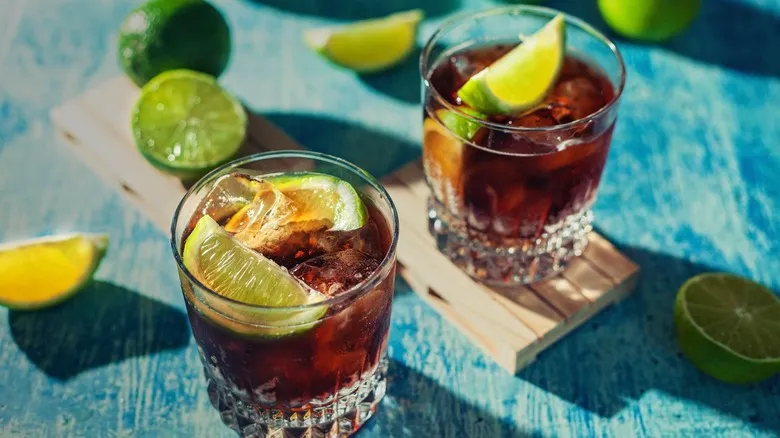
How Many Shots Are In A Mixed Drink?
Next up

